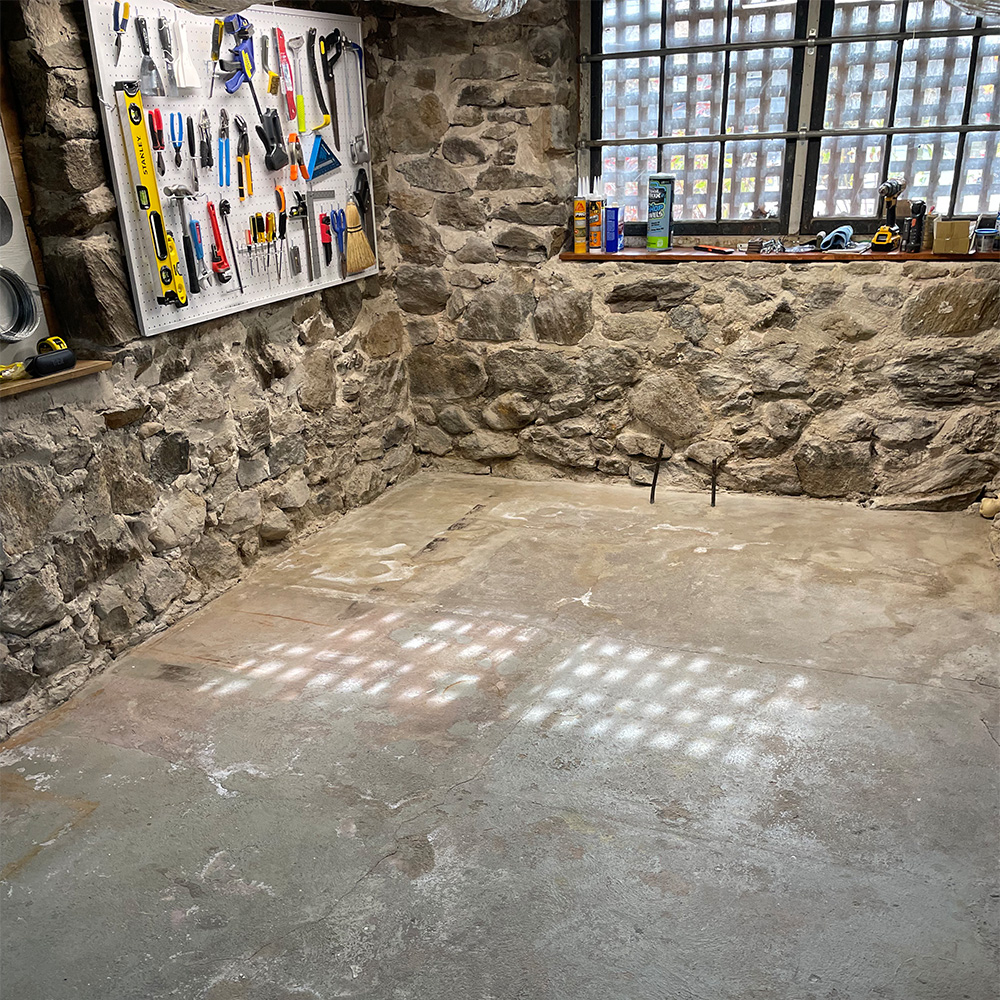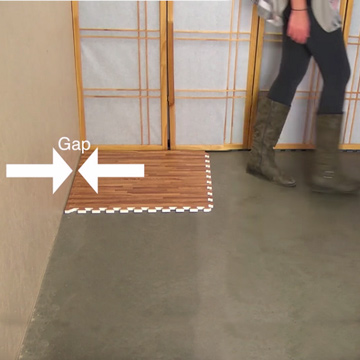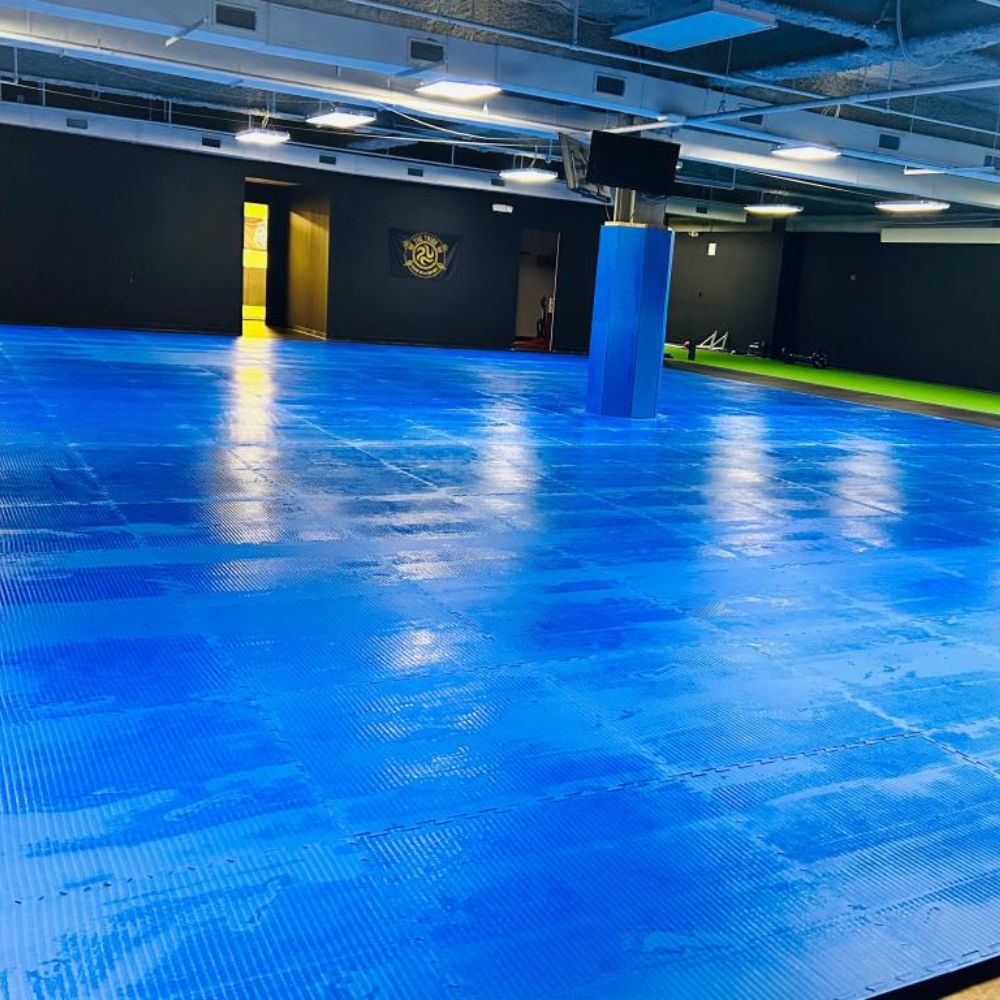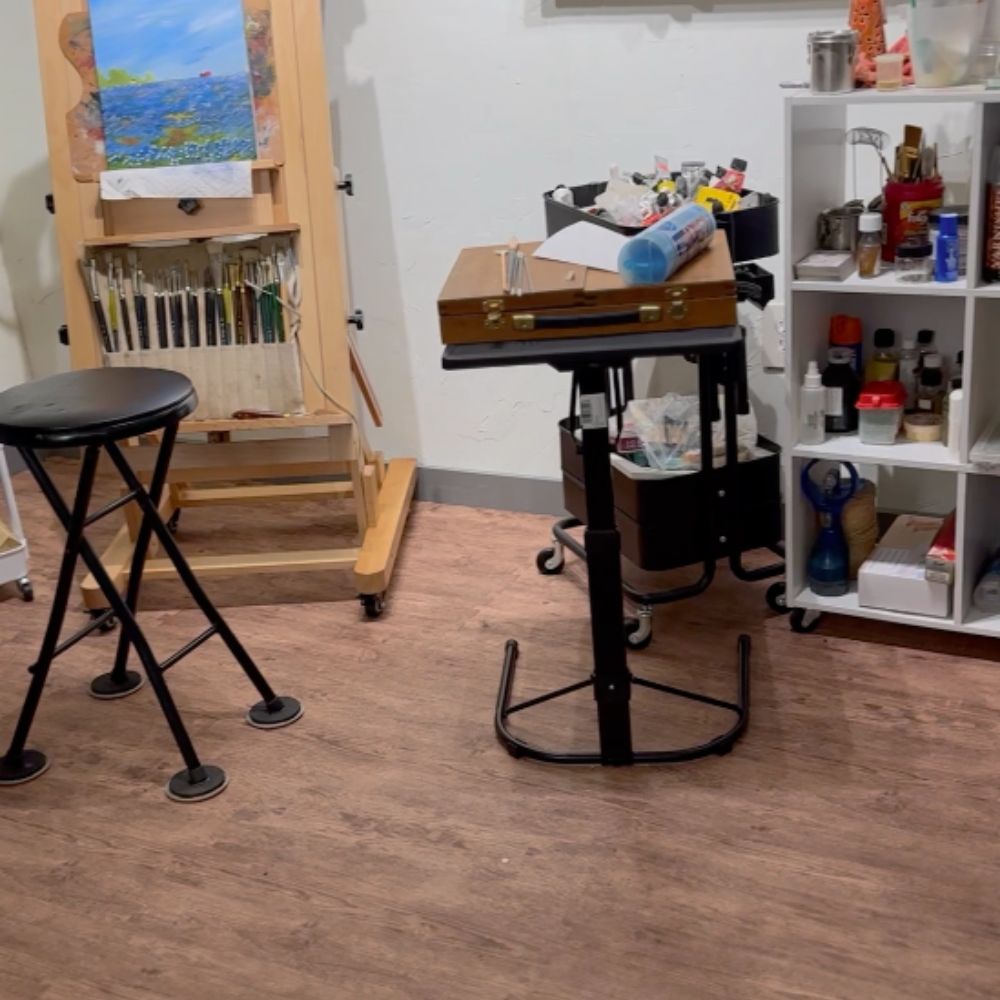How to Prepare for Flooring Installation
Related Product: Foam Kids and Gym Mats Premium 5/8 Inch x 2x2 Ft.
How to Prepare for Flooring Installation
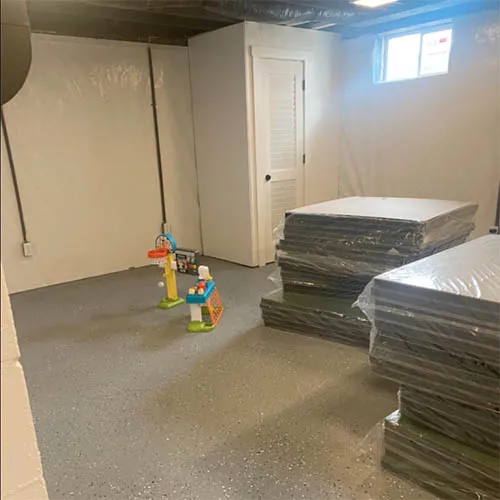
Once you’ve chosen the flooring product that you’ll be installing, it’s time to prepare to install your new flooring. These tips will help simplify the preparation process.
Plan for Your Delivery
Before your flooring arrives, have a plan in place for how you’ll handle and store it. Find a space out of the weather where you can store the flooring until you’re ready to install it.
Remove Breakables
Before you bring in your new flooring, remove any breakables from the room where you’ll be working. That means that you’ll need to take down photo frames and mirrors, as well as any breakables like statues.
Double-Check the Flooring Height
Your new flooring may add height to your floor, especially if you install it over existing flooring. Measure the flooring and any underlying materials, like underlayment, to verify that your doors will swing freely once they’re installed.
Acclimate the Flooring
Most flooring products need to be acclimated to your home’s environment. To acclimate the flooring, you’ll need to leave it in the room where it will be installed for an extended period, like several days.
Acclimating the flooring serves the important purpose of letting it adjust to meet your home’s temperature and humidity.
Review the Manufacturer’s Instructions
Before you begin the installation, review the manufacturer’s installation instructions. Make sure that you’re following the instructions precisely, which may be necessary to maintain the manufacturer’s warranties. The instructions will include details on installation techniques and reusable dishes.
Remove Existing Elements
Remove existing flooring or other obstacles like baseboards and existing flooring to prepare the site. It can also be helpful to take any doors in the room off their hinges.
Prepare the Subfloor
Make sure that your subfloor is clean, dry, and level. Some flooring products are designed to be installed over old, worn subfloors, but others require that the floor be dry and level. Address any issues like unevenness or moisture problems before you install the new flooring.
Review the Chosen Installation Method
Depending on the flooring you purchase, you may be able to choose from several installation methods, including glue-down, floating, and nail-down installations. Review the method you’ve chosen and make sure that you’re prepared with any necessary supplies.
Plan for Expansion Gaps
Expansion gaps around the perimeter of the room and in between boards provide the extra room needed for flooring to naturally expand and contract with changes in heat and humidity. If you exclude these gaps, your flooring might start to push upward in the middle.
Consider Hiring a Professional
Certain types of flooring are easier to install than others. Installations requiring the use of adhesive can be particularly challenging, so don’t hesitate to hire a qualified professional to install the flooring. In some cases, installing flooring yourself might impact your warranty coverage, so read the fine print before installing the flooring.
How to Care for Flooring After Installation
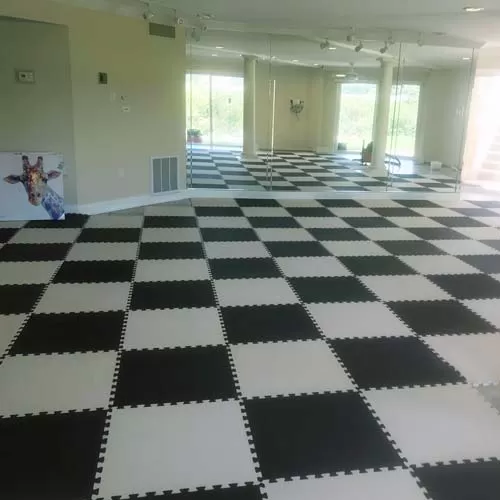
Once you’ve installed the flooring, you’ll need to properly care for and maintain it to ensure it lasts.
Plan for a Settling Period
It’s a good idea to avoid having any heavy foot traffic on new flooring during a settling period, which allows the flooring to expand and settle. The settling period is often 24 to 72 hours, so be sure to plan ahead when installing flooring in your home.
Review the Manufacturer’s Instructions
Carefully review and follow the manufacturer’s cleaning and maintenance instructions. This is a good time to review the flooring’s warranty, including any requirements you’ll need to meet to preserve that warranty. Make sure that you save your receipts from your flooring purchase in a location where you’ll be able to easily access them if you want to file a claim.
Regulate Humidity
High humidity and moisture fluctuations can cause floors like hardwood and laminate to potentially warp and buckle. Focus on regulating the humidity in the space through the use of devices like air conditioners and dehumidifiers.
Protect the Floors from Damage
Take a proactive approach to protecting your floors from any damage, such as scratches from furniture. Use furniture pads on all of the furniture legs, and consider putting rugs down in spaces that see unusually high amounts of foot traffic.
Order Flooring Materials from Greatmats
At Greatmats, we have an extensive selection of flooring products, including many modular products that are very easy to install all by yourself. We also sell installation supplies you’ll need, like underlayments and adhesive.Contact our customer service team today with any questions. We’re happy to help you determine which product is best for your project, and we can also provide shipping quotes and product samples.
